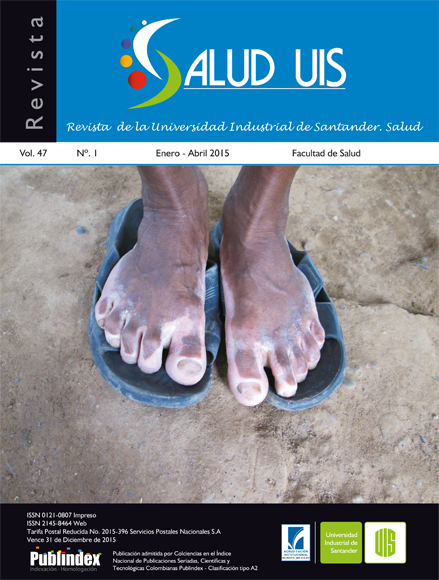Abstract
Introduction: Rhodnius pallescens is a wild species which makes intrusion into dwellings in areas where there have been acute Chagas disease outbreaks in Colombia. Biologic research on their characteristics, and resistance to insecticides, requires the use of a large insect colony in the laboratory. Objective: To establish optimal breeding conditions of R. pallescens nymphs allowing better use in biological assays. Methodology: A laboratory strain of R. pallescens from San Martin (Cesar, Colombia) was used. Feeding time, breeding conditions, nymphal development times were assessed and fertility using two sources of feeding and different kinds of substrate was compared. Results: Providing food during 60 minutes allowed 95% of nymphs to be fed. The average daily oviposition per female was 2.7 eggs and did not vary significantly with the kind of blood used. The average duration of the life cycle from egg to nymph-V was 128.6 days. Using black cardboard and feathers in breeding jars increased oviposition. Nymphs-V (fed from nymph-I every 15 days) and weigthed at 5 or 6 days allowed the use of 89% of the nymphs. Conclusions: The results of this study allow offering recommendations for mass breeding and use of nymphs of R. pallescens in biological assays.
Se autoriza la reproducción total o parcial de la obra para fines educativos, siempre y cuando se cite la fuente.
Esta obra está bajo una Licencia Creative Commons Atribución 4.0 Pública Internacional.
